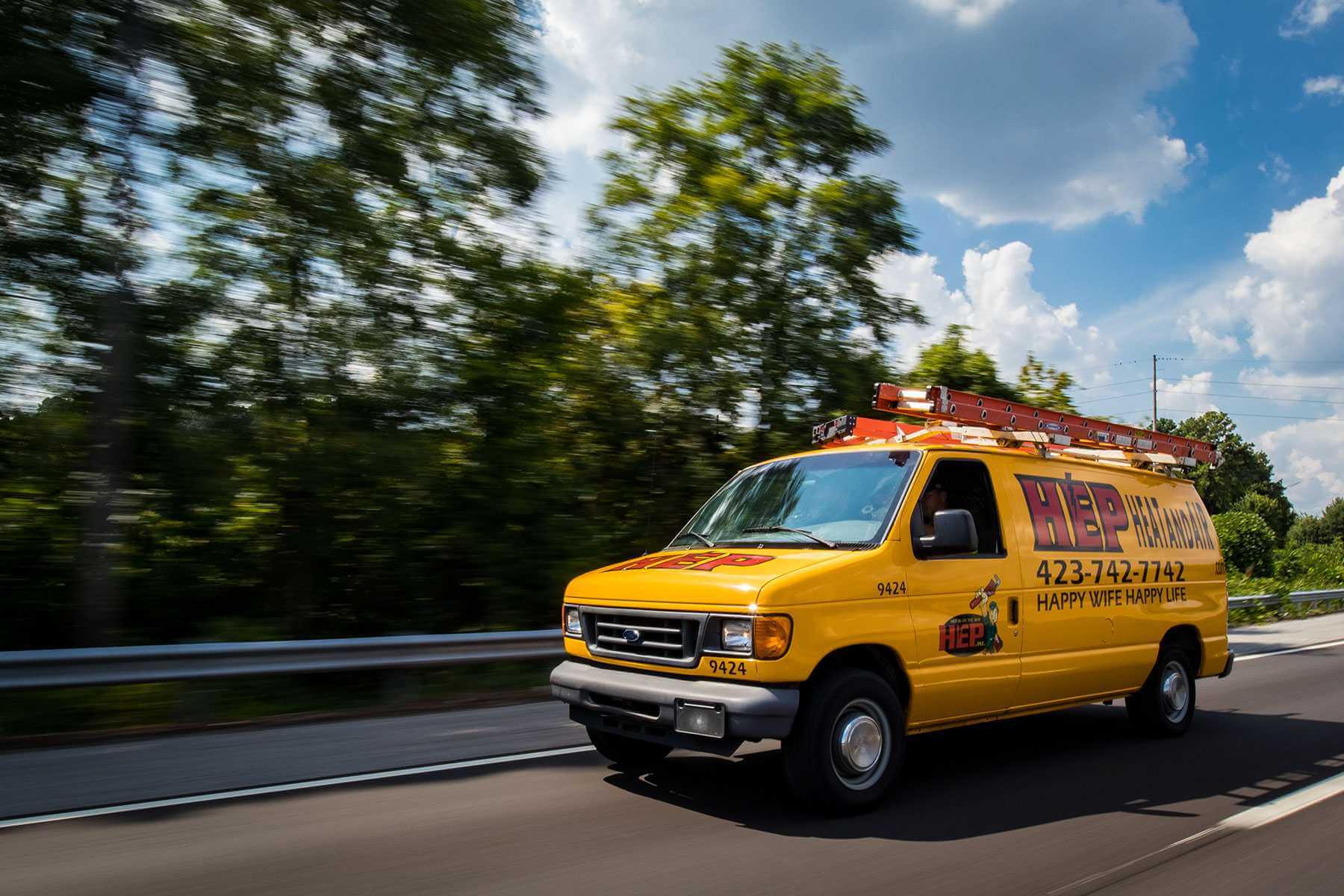

Flexible Sewer Cameras
Your trusted partner for professional home services. Quality workmanship, guaranteed satisfaction.




- HEP Plumbing
- Flexible Sewer Cameras
Flexible Sewer Cameras | Drain Opening | Plumbing | Oakdale
When roots invade your lateral line or mystery sludge slows the flow, HEP’s flexible sewer cameras glide through the pipe maze beneath Oakdale to show — in real time — what’s holding your home hostage. Our licensed pros snake the ultra-thin lens around bends and joints, capturing crystal-clear HD video that pinpoints the exact blockage, saves you from needless digging, and fast-tracks an efficient drain opening solution.
Once we know the culprit, our team springs into action with hydro-jets, augers, or trenchless repairs designed to restore full flow and keep future backups at bay. From historic bungalows near the county courthouse to new builds off Barkwood Drive, Oakdale residents trust HEP’s same-day service, upfront pricing, and workmanship guarantee. Call today and watch your worries disappear down the drain — we’ll make sure they don’t come back up.
FAQs
What is a flexible sewer-camera inspection and how does it work?
A flexible sewer camera inspection involves feeding a high-resolution, waterproof camera head that is attached to a flexible fiber-optic cable through your drain or sewer line. As the camera travels, real-time video is transmitted to a monitor above ground so our Oakdale technicians can see exactly what’s happening inside the pipe—blockages, cracks, root intrusions, pipe belly, corrosion, or misalignments. Because the cable bends around 90-degree turns and transitions between pipe sizes, we can survey long runs of pipe without excavation, pinpoint the exact problem location within an inch or two, and decide on the safest, most cost-effective drain-opening method right away.
What kinds of problems can your flexible camera detect in my Oakdale home’s drains?
The camera clearly shows a wide range of issues, including grease buildup, solid clogs, foreign objects, tree-root penetration, broken or collapsed pipe sections, corrosion, scale, bellied or sagging pipe segments, offset joints, and even poor workmanship in newer installations. It also verifies pipe material (PVC, cast-iron, clay, Orangeburg, etc.), diameter, and remaining wall thickness, giving you a definitive condition report before you commit to repair or replacement.
Is camera inspection safe for older or fragile pipes?
Yes. The camera head is smooth, rounded, and smaller than the pipe’s internal diameter, eliminating the risk of scraping or exerting pressure on brittle clay or aging cast-iron lines. Because the system uses only low-voltage electronics and no harsh chemicals or mechanical cutters, it is considered the gentlest diagnostic tool available. In cases where we notice severely deteriorated pipe while advancing the camera, we can stop immediately and recommend non-invasive repair strategies to avoid further damage.
How fast can you clear a blockage once the camera locates it?
In most service calls, we locate the obstruction within 20–30 minutes. Because we know the precise distance and depth from the camera’s on-screen counter and radio transmitter, our crew can access the problem area quickly—either through an existing cleanout, a small access hole, or from the roof vent. Typical Oakdale residential drain-opening jobs are completed the same visit using hydro-jetting or a sectional cable machine. Only exceptionally stubborn roots or collapsed pipes require a follow-up appointment or partial excavation.
What does a sewer-camera inspection and drain opening cost in Oakdale?
For single-family homes in Oakdale, a standard camera inspection with electronic line locating starts at $249. If a drain opening is required during the same visit, we apply a $50 discount and the combined service is usually $349–$429, depending on the pipe length and the cleaning method chosen (cable vs. hydro-jetting). You’ll receive a written report, HD video file, and repair estimate if needed. Senior, military, and multi-property discounts are available, and all pricing is confirmed up front—no surprise fees.
Do I need to do anything before your technicians arrive?
Just clear access to the main cleanout, basement floor drain, or the area under the kitchen sink—about a 3-foot radius is ideal. If the cleanout is behind stored items or landscaping, please move those in advance. Avoid using heavy chemicals to try to dissolve the clog; they can create hazardous fumes for our crew and damage the camera lens. If water is backing up, shut off any running fixtures and keep children and pets away from the affected area until we arrive. We handle the rest, including protective floor coverings and cleanup.